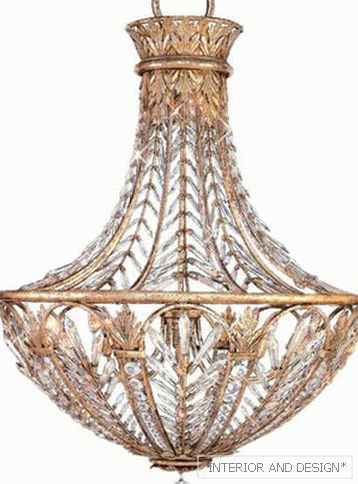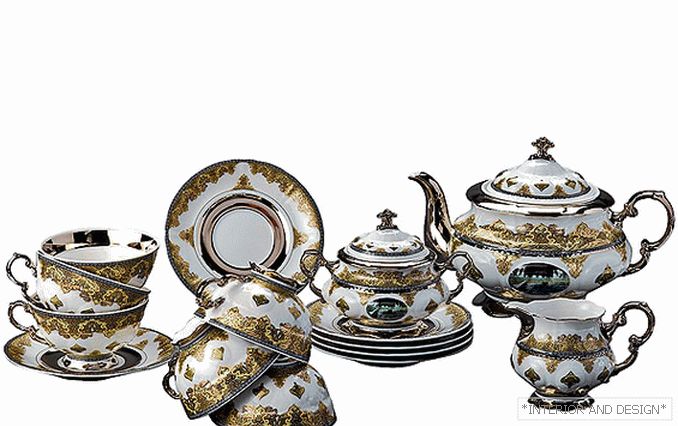Brick villa in a country oasis. Traditions of Moroccan style and modern technological achievements in a home where everything disposes to rest
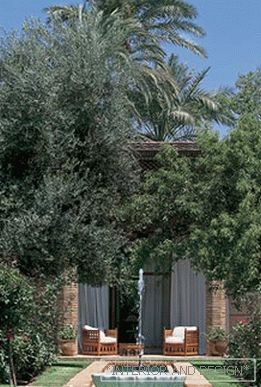
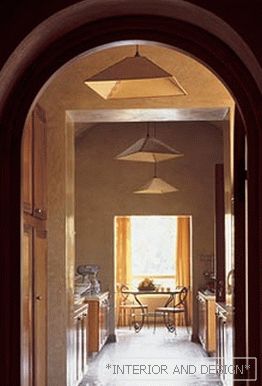
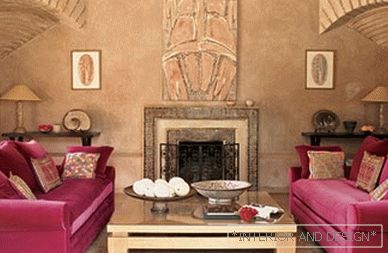
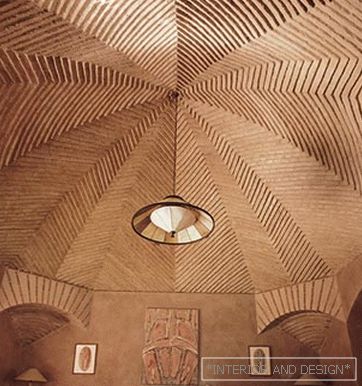

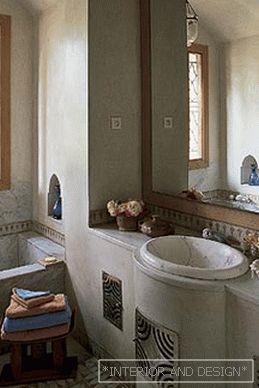
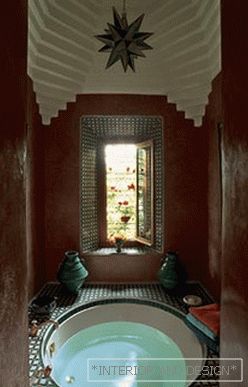 Passing the gallery
Passing the gallery Materials: - (c) Philippe Saharoff
Text: Olga Vologdina
Magazine: H (54) 2001
Imperial Marrakesh is located in the fertile valley of the Houza. From the south it is framed by the snow-white peaks of the Atlas and by the Tubkal mountain, rising more than four thousand meters, and from the north it is blocked by the purple hills of Geliz. Here, at the foot of the Atlas Mountains, topped with snow caps, there are amazingly beautiful gardens with date palm, orange and olive trees. By the way, the Arabs learned to cultivate gardens in antiquity. As soon as you get to the walls of Marrakesh built of red stone, you immediately find yourself in an amazing city of flowers. The locals call the most famous garden the "Pink Oasis", thanks to the luxurious rose garden, which contains unique varieties from different continents. It belongs to the "Pink Oasis" of an old Berber family, whose descendants decided to build a villa in the depths of the garden with the latest modern architecture. Old buildings were torn down. The traditional layout of the premises, with an obligatory courtyard (pacio) and a shallow pool with a fountain in the middle, was left as the basic layout. Its advantages, as he believes, are obvious. First, in a hot climate in such houses is relatively cool. Secondly, the expressive texture, rough lines of the material promise this technology a great future. "Thanks to this technique, architecture was born, which cannot be called neither old nor modern, nor eastern, nor western - this is the real architecture of the future," said Eli Muyal. Most of the year, the owners - a young couple - spend in Marrakesh, only occasionally visiting a country villa. In this country oasis, everything has to bliss and relaxation. For guests, there is a separate pavilion, connected to the main building by a small corridor, whose arched openings are a favorite reception of Moroccan builders. But the domed ceiling of the main hall is another find of the architect. He took the pyramid-shaped ceiling as the basis for the traditional palace apartments and transformed it into an octahedral one. Such a move allowed to make the space more voluminous. So, the architecture of the building combines the traditions of Moroccan style and modern technological advances, thanks to which the house has acquired a unique identity.


